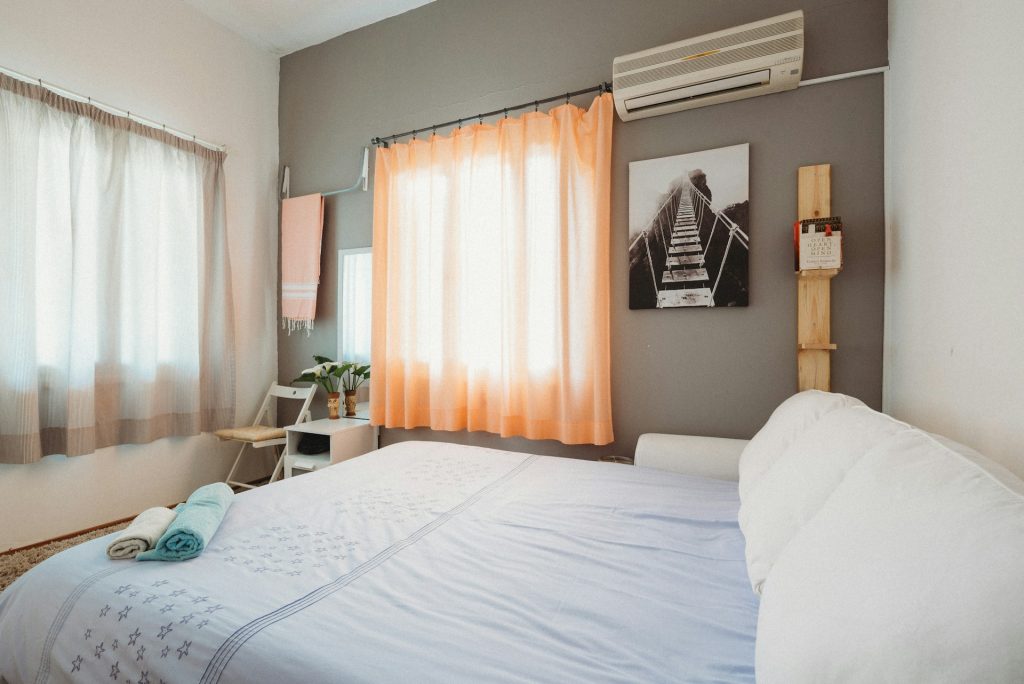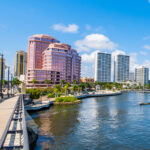Airbnb has revolutionized the hospitality industry, allowing individuals to turn their homes or spare rooms into income-generating assets. However, determining a realistic occupancy rate for your Airbnb property can be challenging. Many factors come into play, including location, property type, seasonality, and competition. In this article, we will delve into the factors that influence Airbnb occupancy rates and provide insights to help hosts maximize their earning potential.
Understanding Airbnb Occupancy Rates:
Airbnb occupancy rate refers to the percentage of time your property is booked or occupied by guests throughout the year. It is a crucial metric for hosts, as it directly impacts their rental income. A high occupancy rate indicates that your property is in high demand, while a low rate suggests that improvements or changes may be needed to attract more guests.
Location Matters:
The location of your Airbnb property is a primary determinant of its occupancy rate. Properties in popular tourist destinations or major cities tend to have higher occupancy rates compared to those in less frequented areas. Travelers are more likely to book accommodations in places with easy access to attractions, public transportation, and amenities. Therefore, hosts should conduct thorough market research to assess the demand in their area and adjust their pricing and marketing strategies accordingly.
Property Type:
The type of property you offer on Airbnb can significantly impact your occupancy rate. Entire homes or apartments often have higher occupancy rates than private rooms or shared spaces, as they provide guests with more privacy and independence. However, the choice of property type should align with your property and your target audience. A cozy cabin in the woods might attract guests seeking a secluded getaway, while a city apartment may cater to business travelers.
Seasonal Variations:
Airbnb occupancy rates can fluctuate seasonally, with peak and off-peak periods. For example, properties in ski resorts may experience high demand during the winter season but lower occupancy rates in the summer. Hosts should be prepared for these variations and adjust their pricing strategies accordingly. Offering seasonal discounts or promotions can help attract guests during slower periods.
Competition Analysis:
Analyzing the competition in your area is crucial for estimating your property’s occupancy rate. Check the listings of similar properties in your vicinity to understand their pricing, amenities, and guest reviews. Identifying gaps in the market can help you tailor your listing to stand out. Additionally, monitoring your competitors’ pricing strategies can help you stay competitive and attract more guests.
Pricing Strategies:
Setting the right price is essential for achieving a realistic occupancy rate. Price your property too high, and you may deter potential guests; price it too low, and you might not maximize your earnings. Airbnb provides tools and data to help hosts optimize their pricing. Dynamic pricing, which adjusts rates based on demand and local events, can be a valuable strategy to maximize occupancy and revenue.
Guest Experience:
A positive guest experience can lead to repeat bookings and positive reviews, which, in turn, can boost your occupancy rate. Hosts should focus on providing clean, well-maintained properties with clear communication and responsive customer service. Personal touches and attention to detail can make a significant difference in guest satisfaction.
Marketing and Promotion:
Effective marketing and promotion can also impact your Airbnb occupancy rate. Invest in high-quality photos, write a compelling listing description, and utilize social media and other online channels to promote your property. Consider offering special deals or discounts for first-time guests to attract bookings.
Guest Reviews and Ratings:
Guest reviews and ratings play a vital role in attracting future guests. Encourage guests to leave reviews and respond promptly to feedback. Addressing any issues or concerns raised by previous guests demonstrates your commitment to providing a positive experience.
Determining a realistic occupancy rate for your Airbnb property involves a combination of factors, including location, property type, seasonality, competition analysis, pricing strategies, guest experience, and marketing efforts. Hosts must continually assess and adapt their strategies to maximize their property’s occupancy rate and earnings. By understanding these key factors and staying proactive, Airbnb hosts can achieve their financial goals while providing memorable experiences for their guests.
Setting Realistic Expectations:
While striving to achieve a high occupancy rate is important for maximizing earnings on Airbnb, hosts should also set realistic expectations. It’s essential to understand that no property can be booked 100% of the time. Even in the most sought-after locations, there will be periods of lower demand.
Hosts should have contingency plans for low-demand periods, such as offering longer-term rentals, targeting a different guest demographic, or adjusting their pricing to attract longer stays. Flexibility and adaptability are key to maintaining a steady income throughout the year.
Legal and Regulatory Considerations:
Airbnb hosts should also be aware of local laws and regulations that may impact their occupancy rate. Some cities or municipalities have restrictions on short-term rentals or require hosts to obtain permits or licenses. Ignoring these regulations can result in legal issues and affect your ability to host guests. It’s essential to stay informed about the legal requirements in your area and ensure compliance.
Ongoing Maintenance and Upkeep:
To maintain a high occupancy rate, hosts should invest in the ongoing maintenance and upkeep of their property. Regular inspections, repairs, and updates are necessary to keep the property in top condition and receive positive reviews from guests. A well-maintained property not only attracts more bookings but also justifies higher nightly rates.
Utilizing Airbnb Tools and Services:
Airbnb provides hosts with various tools and services to help improve their occupancy rates. These include features like the Superhost program, which highlights experienced and highly-rated hosts, and the Airbnb Plus program, which showcases premium listings. Hosts can also use Airbnb’s platform to offer additional services such as cleaning, airport transfers, or guided tours to enhance the guest experience and increase bookings.
Monitoring and Adjusting Strategies:
Finally, achieving and maintaining a realistic occupancy rate on Airbnb requires continuous monitoring and adjustment of strategies. Hosts should regularly review their performance metrics, analyze guest feedback, and stay updated on industry trends. Flexibility and the ability to adapt to changing circumstances will be instrumental in ensuring a consistent flow of bookings.
In conclusion, determining a realistic occupancy rate for your Airbnb property involves a multifaceted approach that considers location, property type, seasonality, competition, pricing, guest experience, marketing efforts, and legal compliance. Hosts should strive to strike a balance between maximizing occupancy and providing an exceptional guest experience. By staying informed, being proactive, and continually refining their strategies, Airbnb hosts can increase their earnings and achieve long-term success in the short-term rental market.







